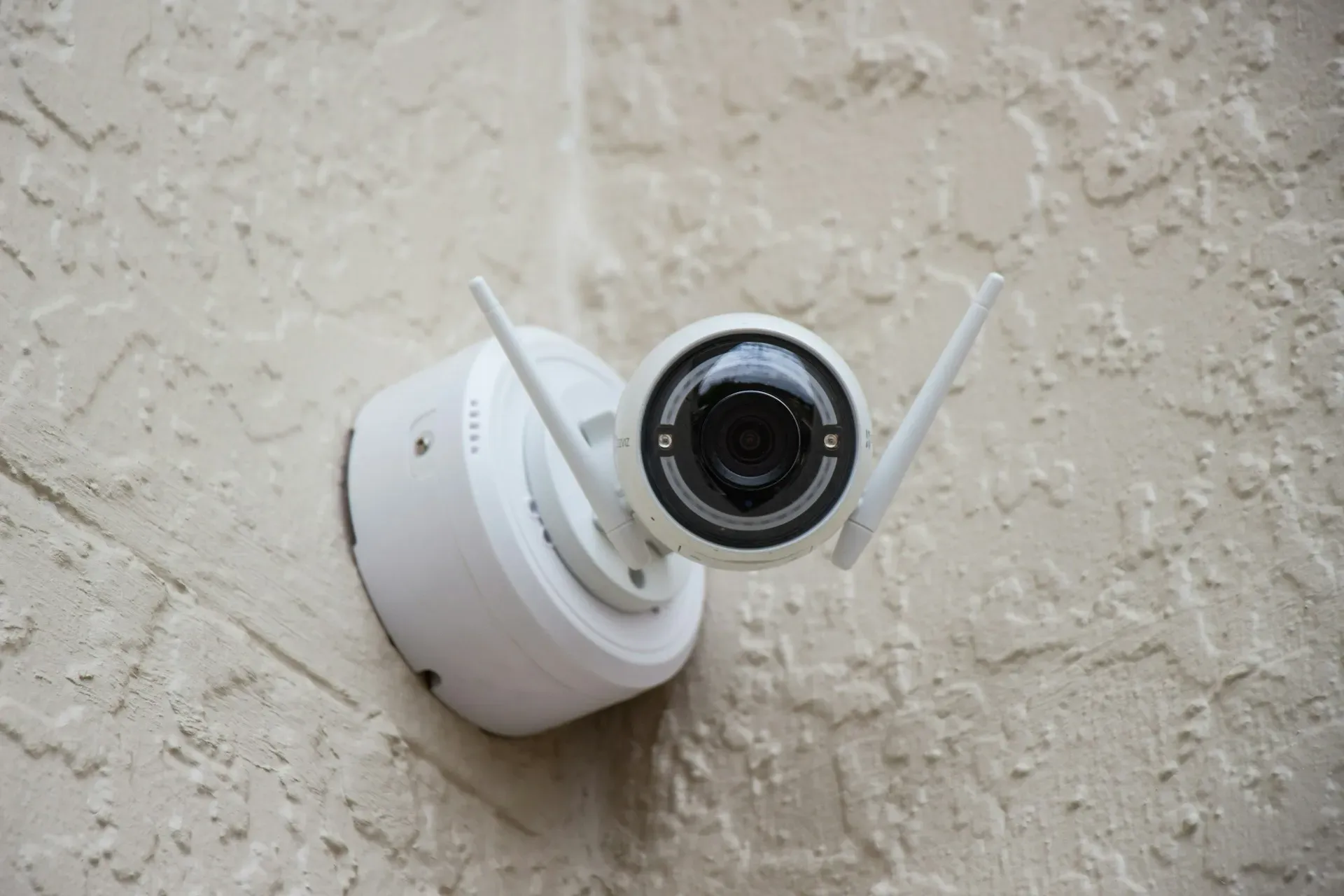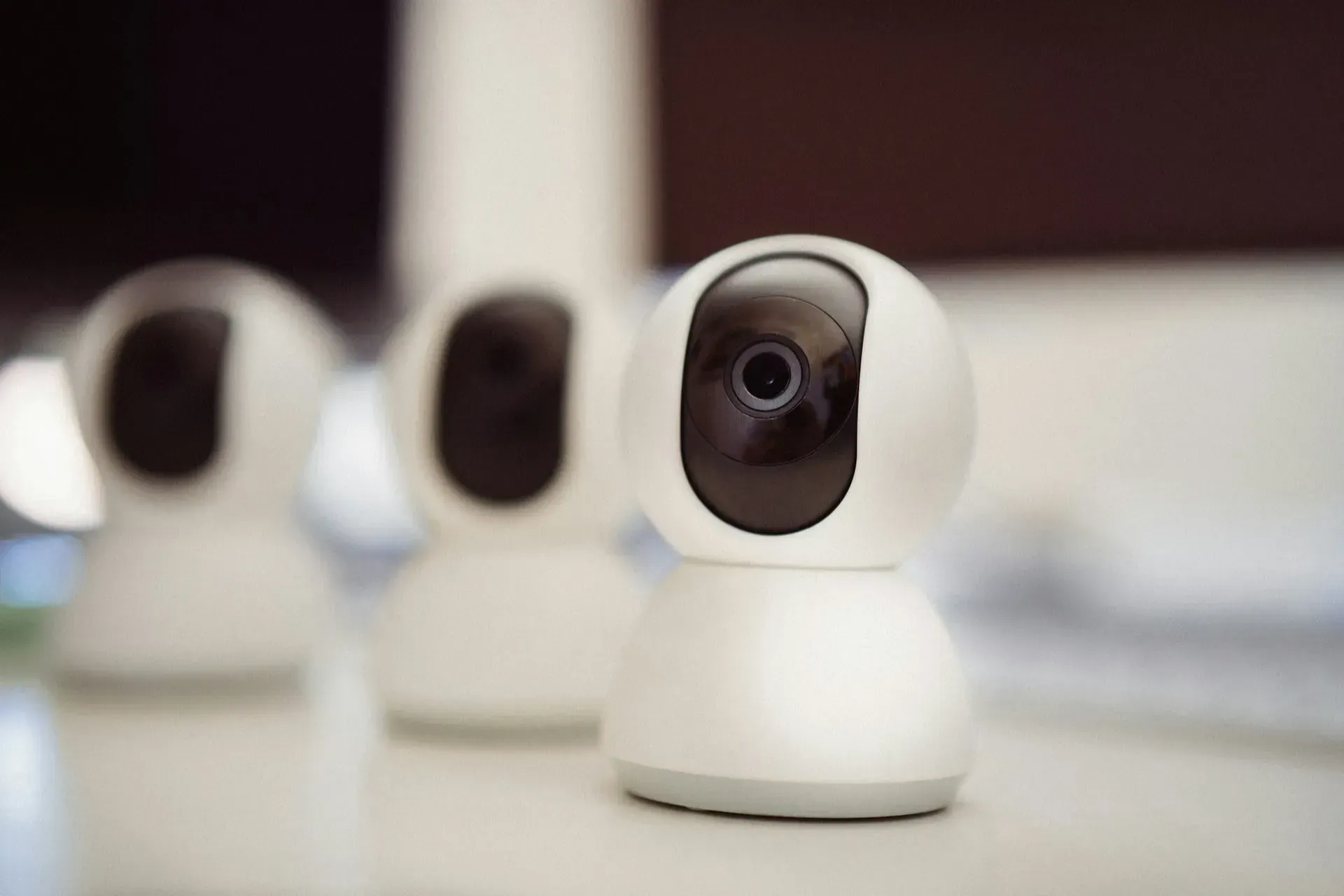How Often Should You Replace Carbon Monoxide Detectors?
Carbon monoxide detectors must be replaced every five to seven years, depending on the type and environmental factors. After all, your home contains many potential sources of carbon monoxide (CO), such as furnaces, water heaters, and fireplaces. Ensuring you have reliable CO detectors is critical to your family’s safety, but knowing the answer to this question is equally important.
At PasWord Protection, we’ve seen firsthand how essential proper detection is with our over 60 years of experience serving the Golden Horseshoe. We’re here to guide you on how often to replace carbon monoxide detector units and how to select the right devices to keep your home and loved ones safe. Keep reading to find out more!
The Dangers of Carbon Monoxide in Your Home
Carbon monoxide is an invisible, odourless, and highly dangerous gas—often referred to as the silent killer—that forms when materials burn. Here are the most common sources in your home:
- Furnaces: Older or poorly maintained systems pose a significant risk.
- Water heaters: Gas-powered units can emit CO if they malfunction.
- Fireplaces: Both wood-burning and gas options are potential sources.
- Gas stoves and ovens: Leaking gas lines or improper ventilation in these appliances can lead to CO buildup.
- Attached garages: Running a vehicle in an attached garage—even with the door open—can allow CO to seep into your home.
- Portable generators: These produce high levels of CO and should only be used outdoors and far from windows.
Carbon Monoxide Poisoning
Carbon monoxide poisoning happens when CO binds to hemoglobin in your blood, preventing oxygen from circulating. Early symptoms include headaches, dizziness, and nausea, which are often mistaken for the flu. If undetected, it can lead to confusion, unconsciousness, or even death. This is why CO detectors are a must in every home—they provide an early warning to help prevent tragedy and keep you out of the emergency room.
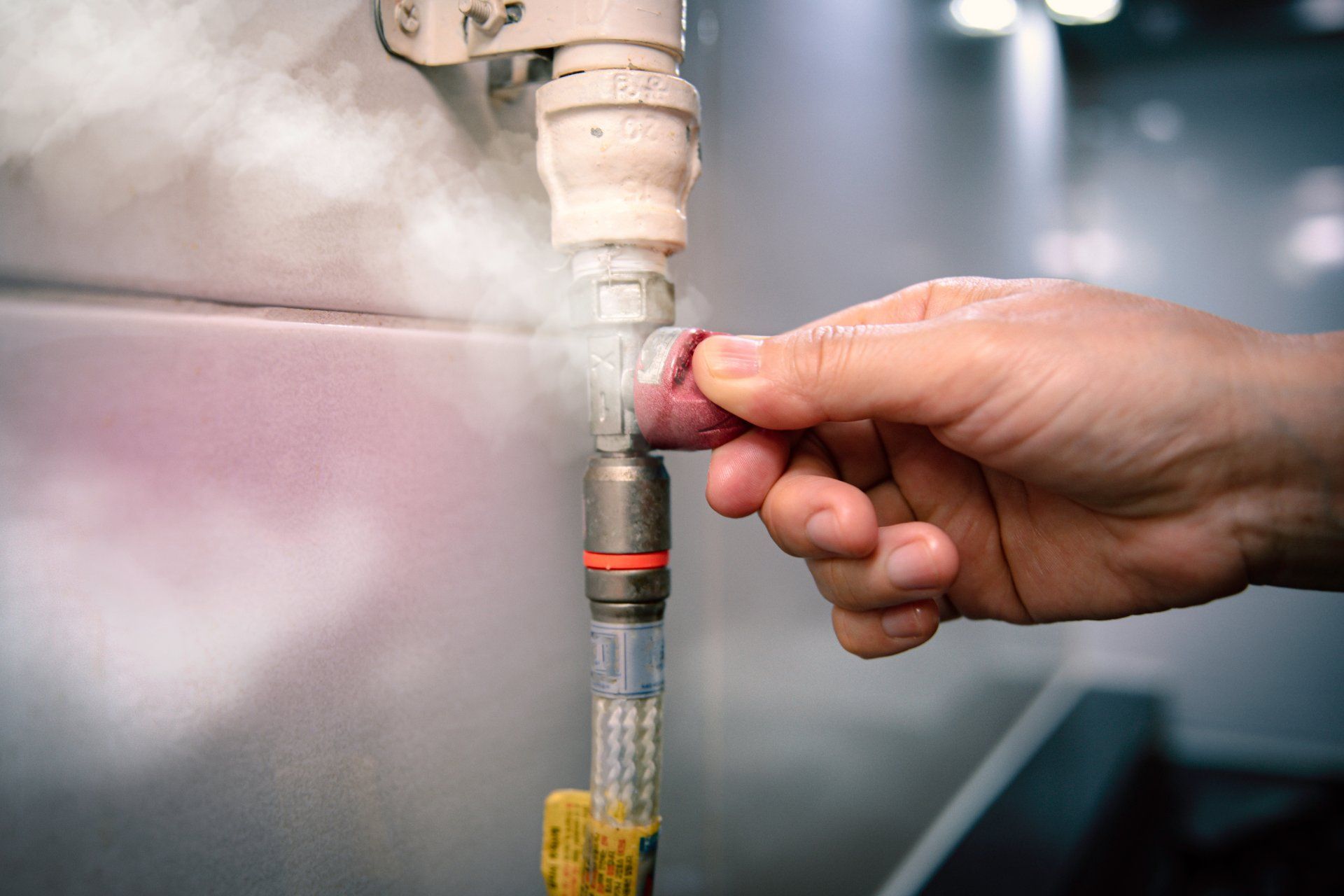
Image source: Canva
When to Replace Carbon Monoxide Detectors
Just like smoke alarms, carbon monoxide detectors have a limited lifespan. Most models need replacing every 5 to 7 years, but it’s essential to consult your specific device’s manufacturer's instructions.
Here are some tips to know when to replace carbon monoxide detectors:
- Sensor Type: Different sensor types have varying lifespans. Electrochemical sensors, the most common type, generally last 5–7 years. Newer biomimetic sensors may have a slightly longer lifespan.
- Environmental Factors: Detectors exposed to high humidity, extreme temperatures, or dust may wear out sooner.
- End-of-Life Signal: Many CO alarms emit a beeping sound or display a message when they need replacing. This signal is distinct from a low-battery warning, and indicates that the alarm has reached the end of its life.
- Uncertainty About Age: If you're unsure how old your detector is, consider installing a new one, especially if it might be over five years old.
- Malfunctioning Devices: Change out any detector showing signs of failure, such as frequent false alarm sounds or a failure to test properly.
Staying proactive about how often to replace carbon monoxide detectors is the best way to ensure your house remains protected. Knowing the answer to the question "When to replace carbon monoxide detector" can save you from a potentially dangerous situation.
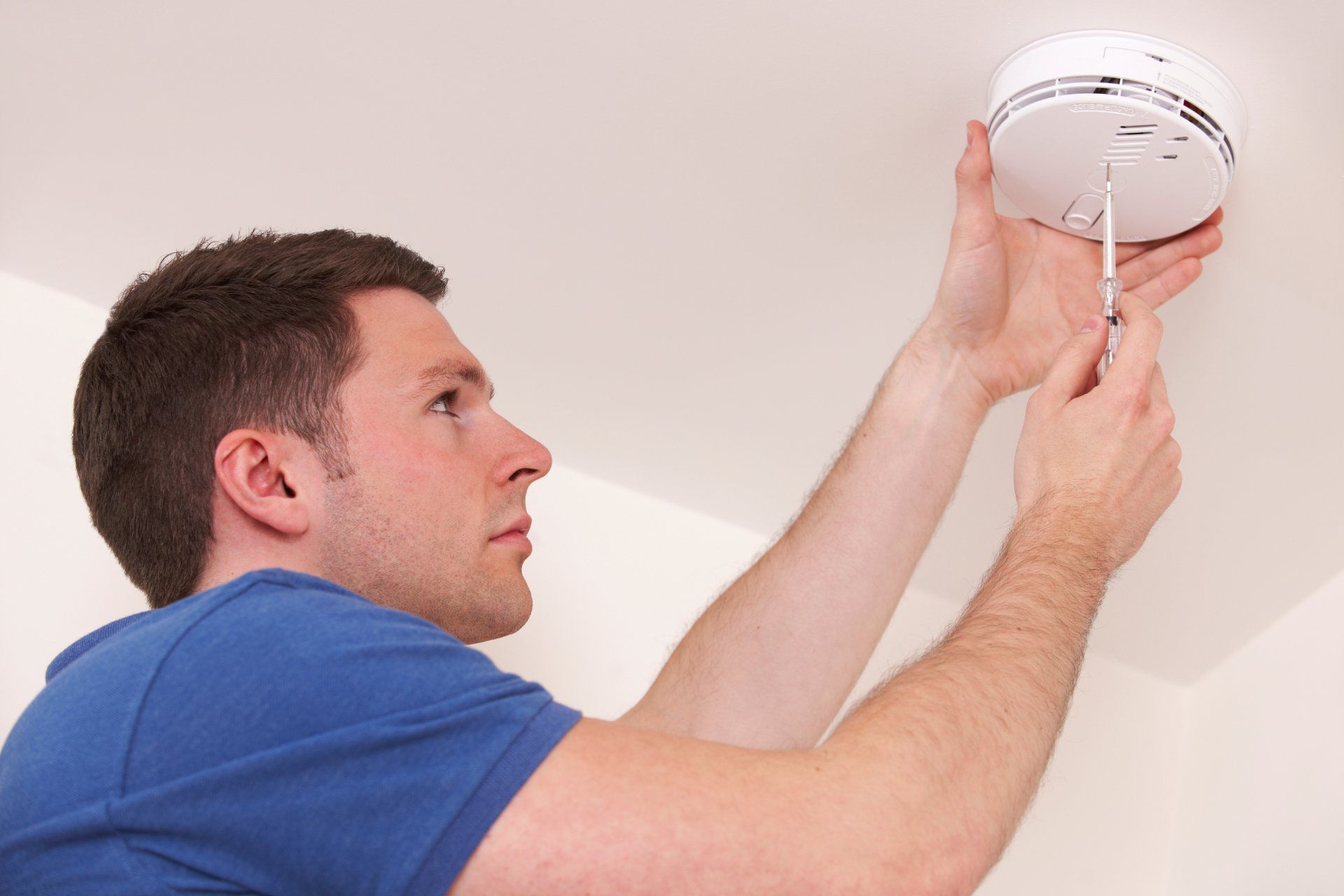
Image source: Canva
Simple Tips to Keep Your CO Detectors Effective
Replacing your CO detectors is only part of the equation. Regular maintenance is vital to keeping them in peak working condition. Follow these tips to maximize their effectiveness:
- Test Detectors Monthly: Use the test button on each detector to confirm they’re working properly.
- Change Batteries: Most battery-powered detectors require fresh batteries twice a year. For sealed, long-life battery models, follow the manufacturer’s instructions.
- Clean Regularly: Dust can interfere with sensors, so gently vacuum the exterior vents every few months.
- Avoid Blockages: Keep furniture and objects clear of airflow to your detectors.
- Inspect for Damage: Look for physical damage or wear that might compromise your detector’s performance.
By maintaining your CO alarms, you know they will function correctly when you need them most.
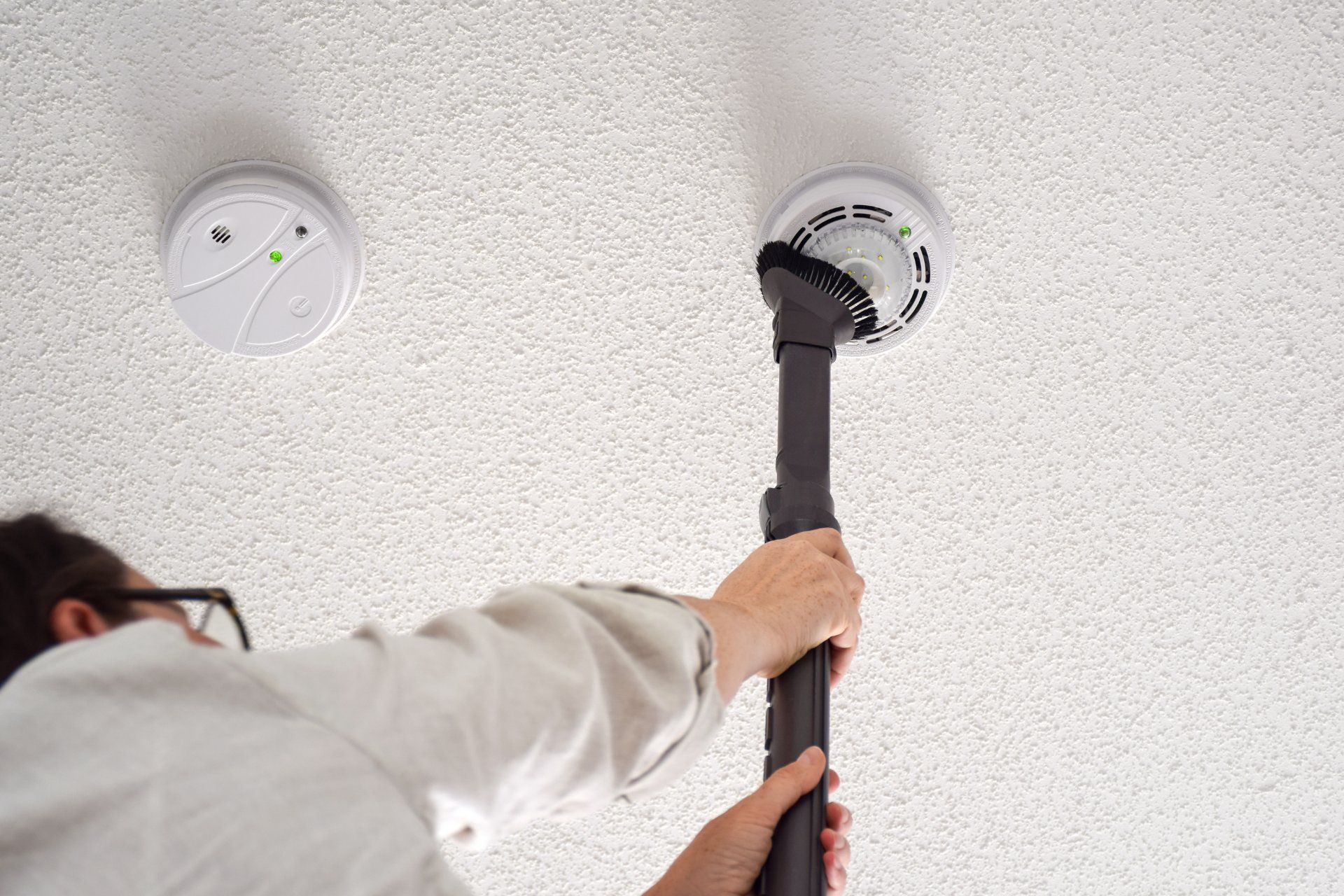
Image source: Shutterstock
Choosing the Right Carbon Monoxide Detector for Your Home
When buying carbon monoxide detectors for the first time or replacing expired ones, selecting the right CO detector can feel overwhelming. We’ve shortlisted the best options for your home:
- Battery-Powered Detectors: These are portable and affordable but require regular battery replacement.
- Plug-In Models: These are convenient and reliable as long as there’s power, but many come with a battery backup for outages.
- Interconnected Detectors: These communicate with one another, so if one alarm goes off, all the detectors in your home will sound. This is ideal for larger homes.
- Smart CO Detectors: Wi-Fi-enabled devices send alerts to your smartphone even when you’re not home, providing added peace of mind.
When choosing a detector, consider your home’s layout, size, and your household’s needs. If you’re still unsure about how often to replace CO detector models, or which type to choose, the experts at PasWord Protection can help you make an informed decision.
PasWord Protection: Your Partner in Home Safety
At PasWord Protection, we go beyond traditional security systems by offering comprehensive environmental hazard detection services. Our team ensures your home is safeguarded with professional installation and 24/7 monitoring of carbon monoxide detectors, providing your family members with an added layer of protection.
Here’s what sets us apart:
- Expert Installation: Our technicians strategically place CO detectors and smoke alarms throughout your home for maximum protection.
- Top-Quality Devices: We use top-of-the-line carbon monoxide detectors and other ULC-certified devices, including fire, water leak, and temperature sensors.
- Seamless Integration: We integrate your CO detectors with your existing security system, providing a streamlined and hassle-free solution.
- 24/7 Remote Monitoring: Get round-the-clock protection with our team of experts monitoring your security system and detectors even while you sleep.
- Real-Time Connectivity: Check your detectors and receive real-time alerts wherever you are with our PasWord Connection App.
Knowing the answer to “How often to replace carbon monoxide detector?” is one way to stay proactive and protect your family’s safety. Don’t wait for a crisis—contact PasWord Protection today for a free consultation. Together, we’ll help you create a safer home for your loved ones.


